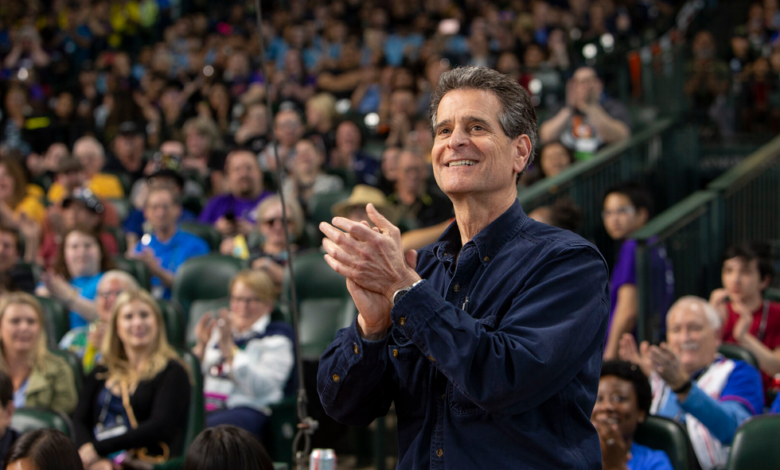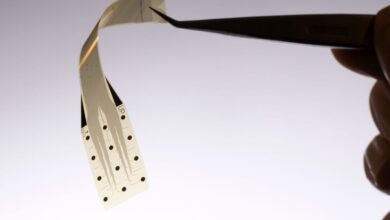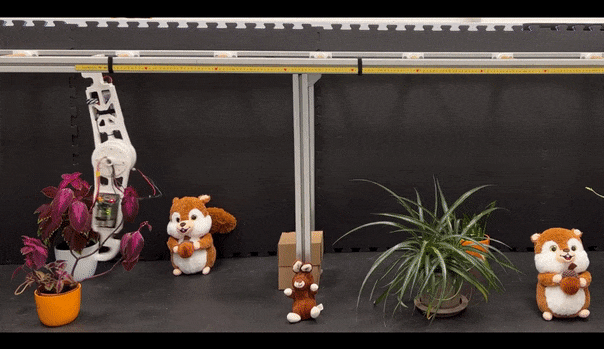Dean Kamen Says Inventing Is Easy, but Innovating Is Hard

Over the past 20 years, technological advances have enabled inventors to go from strength to strength. And yet, according to the legendary inventor Dean Kamen, innovation has stalled. Kamen made a name for himself with inventions including the first portable insulin pump for diabetics, an advanced wheelchair that can climb steps, and the Segway mobility device. Here, he talks about his plan for enabling innovators.
How has inventing changed since you started in the 1990s?
Dean Kamen: Kids all over the world can now be inventing in the world of synthetic biology the way we played with Tinkertoys and Erector Sets and Lego. I used to put pins and smelly formaldehyde in frogs in high school. Today in high school, kids will do experiments that would have won you the Nobel Prize in Medicine 40 years ago. But none of those kids are likely in any short time to be on the market with a pharmaceutical that will have global impact. Today, while invention is getting easier and easier, I think there are some aspects of innovation that have gotten much more difficult.
Can you explain the difference?
Kamen: Most people think those two words mean the same thing. Invention is coming up with an idea or a thing or a process that has never been done that way before. [Thanks to] more access to technology and 3D printers and simulation programs and virtual ways to make things, the threshold to be able to create something new and different has dramatically lowered.
Historically, inventions were only the starting point to get to innovation. And I’ll define an innovation as something that reached a scale where it impacted a piece of the world, or transformed it: the wheel, steam, electricity, Internet. Getting an invention to the scale it needs to be to become an innovation has gotten easier—if it’s software. But if it’s sophisticated technology that requires mechanical or physical structure in a very competitive world? It’s getting harder and harder to do due to competition, due to global regulatory environments.
[For example,] in proteomics [the study of proteins] and genomics and biomedical engineering, the invention part is, believe it or not, getting a little easier because we know so much, because there are development platforms now to do it. But getting a biotech product cleared by the Food and Drug Administration is getting more expensive and time consuming, and the risks involved are making the investment community much more likely to invest in the next version of Angry Birds than curing cancer.A lot of ink has been spilled about how AI is changing inventing. Why hasn’t that helped?
Kamen: AI is an incredibly valuable tool. As long as the value you’re looking for is to be able to collect massive amounts of data and being able to process that data effectively. That’s very different than what a lot of people believe, which is that AI is inventing and creating from whole cloth new and different ideas.
How are you using AI to help with innovation?
Kamen: Every medical school has incredibly brilliant professors and grad students with petri dishes. “Look, I can make nephrons. We can grow people a new kidney. They won’t need dialysis.” But they only have petri dishes full of the stuff. And the scale they need is hundreds and hundreds of liters.
I started a not-for-profit called ARMI—the Advanced Regenerative Manufacturing Institute—to help make it practical to manufacture human cells, tissues, and organs. We are using artificial intelligence to speed up our development processes and eliminate going down frustratingly long and expensive [dead-end] paths. We figure out how to bring tissue manufacturing to scale. We build the bioreactors, sensor technologies, robotics, and controls. We’re going to put them together and create an industry that can manufacture hundreds of thousands of replacement kidneys, livers, pancreases, lungs, blood, bone, you name it.
So ARMI’s purpose is to help would-be innovators?
Kamen: We are not going to make a product. We’re not even going to make a whole company. We’re going to create baseline core technologies that will enable all sorts of products and companies to emerge to create an entire new industry. It will be an innovation in health care that will lower costs because cures are much cheaper than chronic treatments. We have to break down the barriers so that these fantastic inventions can become global innovations.
IEEE Spectrum




